Sounds like my CK2 game,except it was the Tang Imperial family rather than the Yelus escaping to India.
Screenshots now. :3
Sounds like my CK2 game,except it was the Tang Imperial family rather than the Yelus escaping to India.
You guys are working quite fine with Images, my images always crash regardless of website.
Don’t worry,I gave them a good thrashing.They had to beg to marry my old character’s daughter.The current Caliph is my nephew.The only reason I haven’t gone further yet was because I’m roleplaying as an administrative centered emperor.Damn, those Abbasids... >_>
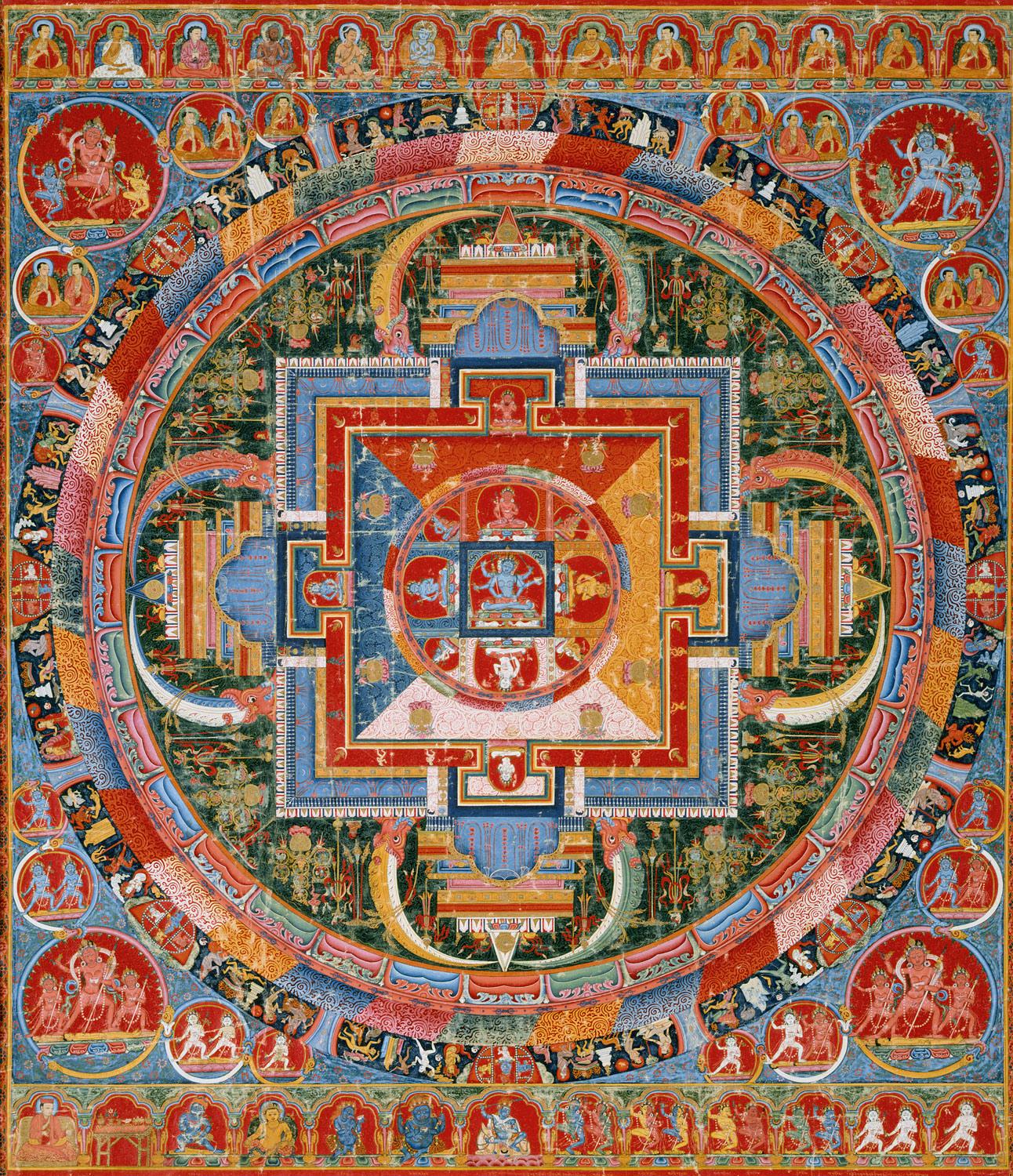
蒙虜於我故南京北郊,擇水泉豐處為宮闕,外築白城六十里。九經九軌,前朝後市,左祖右社,號稱和《禮》、《易》,規模又倍於先代。…… 韃人又命漢儒、天方巧匠為池,導北郊玉泉入郭,蓄為一大潭,號“積水潭海子”四方商旅舟楫通焉……”
“Before the northern gates of that place where our City call'd the Southern Capital onse stode, did the Mongol choose a pleace water'd wyth many stremes and had palaces bilt theer, and outwyth a great white citie wall of sixtie Chinese miles. Withyn the walle were laid out nine streets from east to west and nine moore from north to south. To the west from the Palace standeth the temple of the fore-fathers of the rolyng house, to the easte is the temple of the god of the earth. Before it lieth the Court and behynd it the market hall. It is sayd that the Rite of Chaue and the Book of Change guided the masters hands in theere devisinge, though these Works be of far greater measure than the great Works of bigone rulyng houses. ... ... And then did the Tarters have Confucian scholars of the Chinese and skill'd workers of Araby to cut a greate dytch as a leet from the Jade spryng from the north to within the walled Citie, thereby to floode a broad lake call'd the Sea where Water gathereth, and thus was a haven for trading shyps from the four winds made.”




As I understand, both Yelu and Xiao are more like name of a tribe before they took over, they don't work like surnames. Having the same surname Yelu don't really hint about a bloodline relation.Wasn't Yelu Chucai an actual descendant of the Liao Imperial family.
Is there much a difference before the gun power age?The Chinese way of building capital cities in a square/rectangle always looked neat and impressive,but in terms of defense,a complete catastrophe.You have to defend all four sides of the city basically.They never bothered to take advantage of natural geography like rivers to eliminate a side they have to defend,with the exception of coastal cities like Hangzhou.
Antler chair, made of a male deer antler, loved by 15th century Mongol Jasagh Princes, the one below came from Palace Museum.
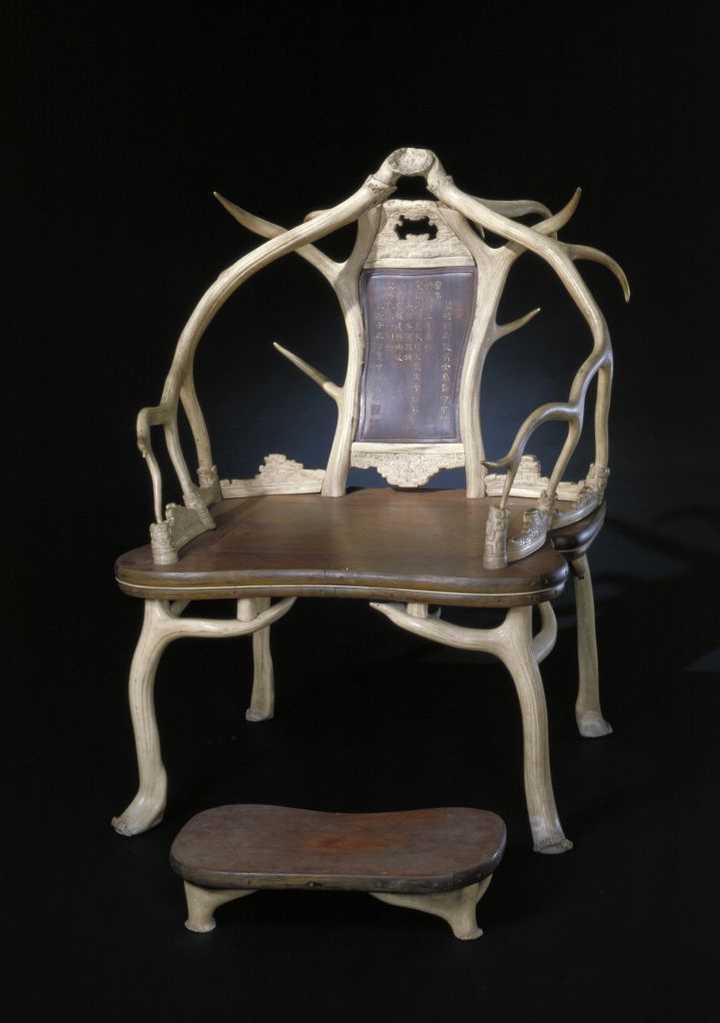
The point: Don’t sit or lean on the wrong places.
=============================================================================================
Yuan Upper Capital, or Xanadu, is in today’s Xulun Hoh Banner, Xilingol League, Inner Mongolia. During OTL Liao Dynasty it was the Empire’s central region. No wonder the Liao monarch was displeased.
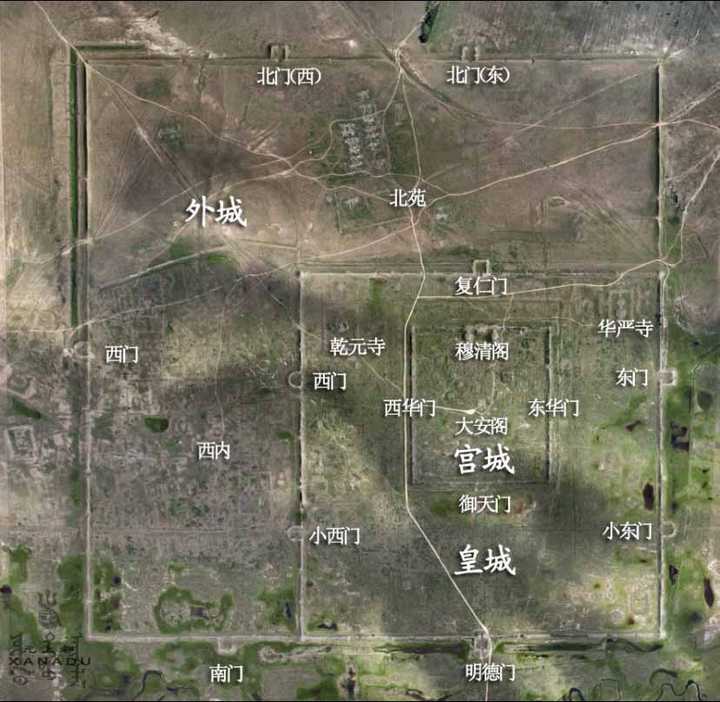
It’s a small city, now very well preserved, with massive amount of bricks and tiles unearthed. It was magnificent at that time.
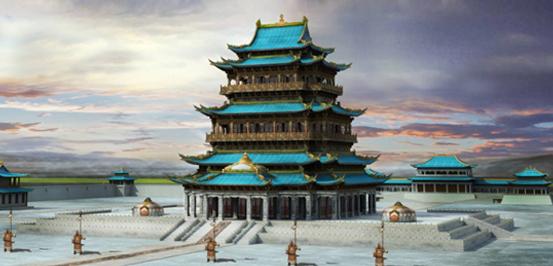
An recreation of the Da’an Pavillion, may not be reliable.
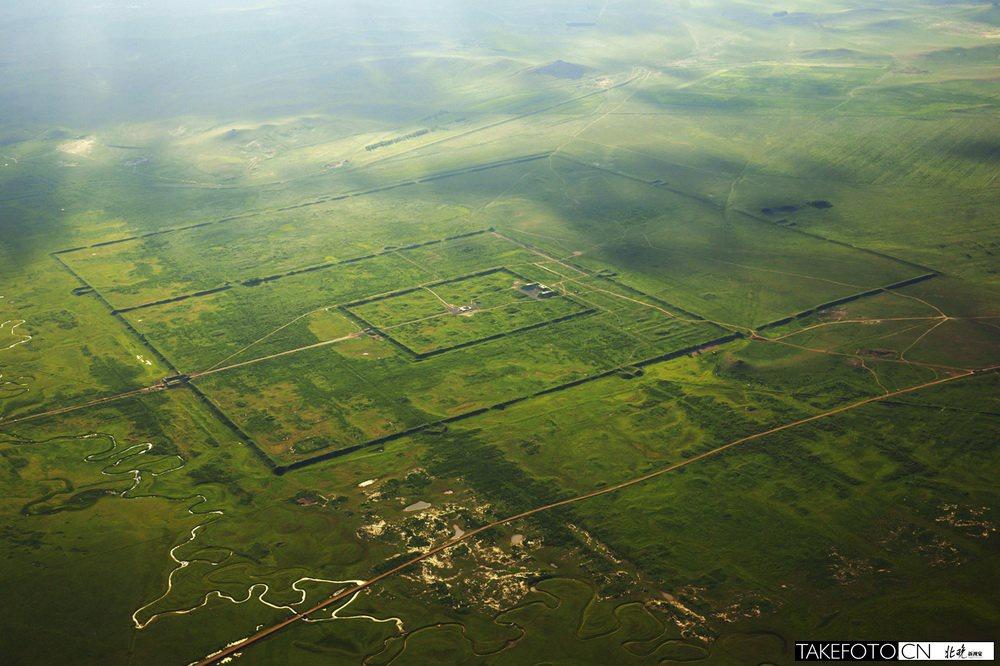
Sense of desolation in a sea of grass, worth experiencing
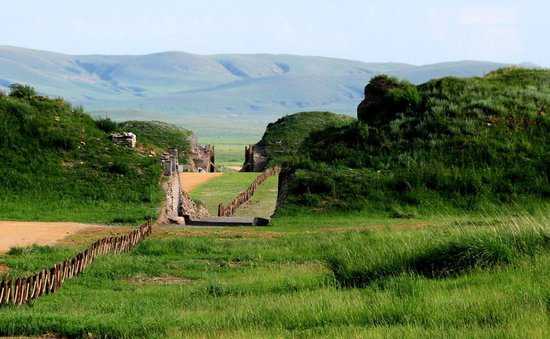
=============================================================================================
Yuan’s Dadu, also famously known as Khanbalik. It’s had city walls 7400m by 6650m (EW by NS). The Liao emperor managed to beat it in all perimeters, but alas, Dadu was real. Boom~
To be more serious, Yuan Dadu’s design broke off the Song Dynasty’s urban design, and restarted from Rites of Zhou and Book of Change, a masterpiece in Chinese Urban Design history.
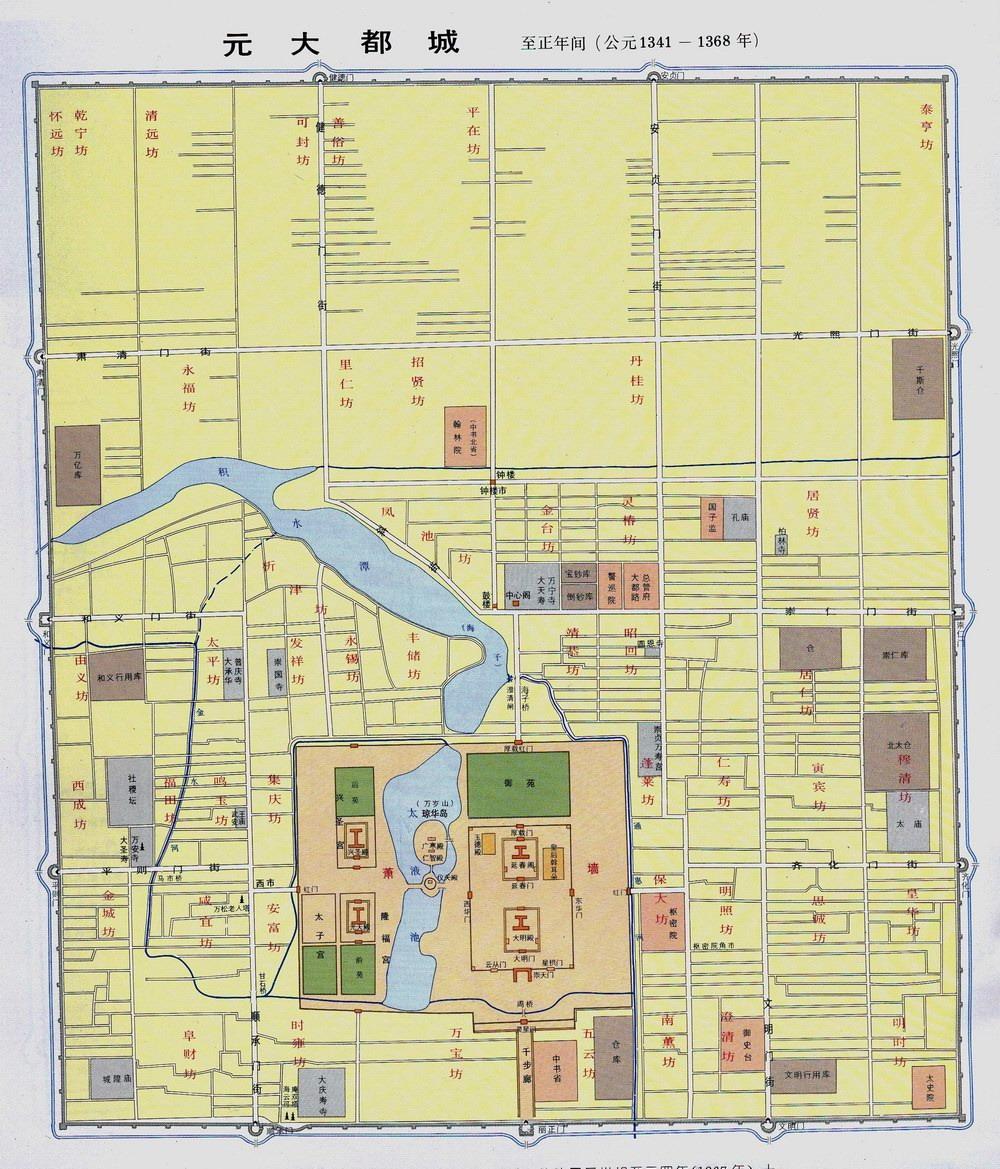
Yuan’s visual arts are outstanding as a whole (I like it better over the succeeding Ming and Qing)
The Ming abandoned the northern Dadu, and moved southern Dadu southward, and then reinforced the southern outer city, to form today’s Beijing City. It’s further and further away from its initial perfect structure.
You can visit Yuan Dadu heritage park for memorial.
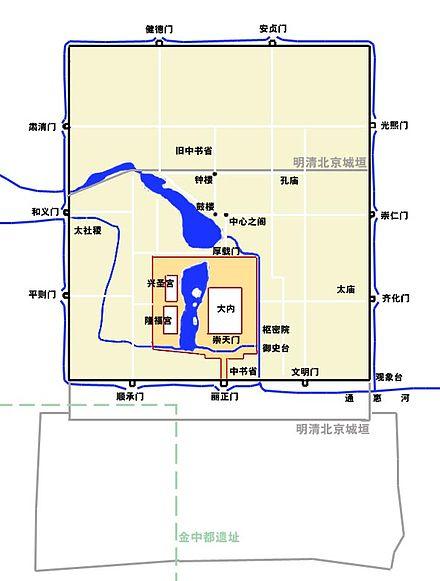
=============================================================================================
Jaipur (17th century) was an Indian take on the Mandala City. Because of terrain, the designer was forced to move a large block to the southeast, breaking its Mandala shape.
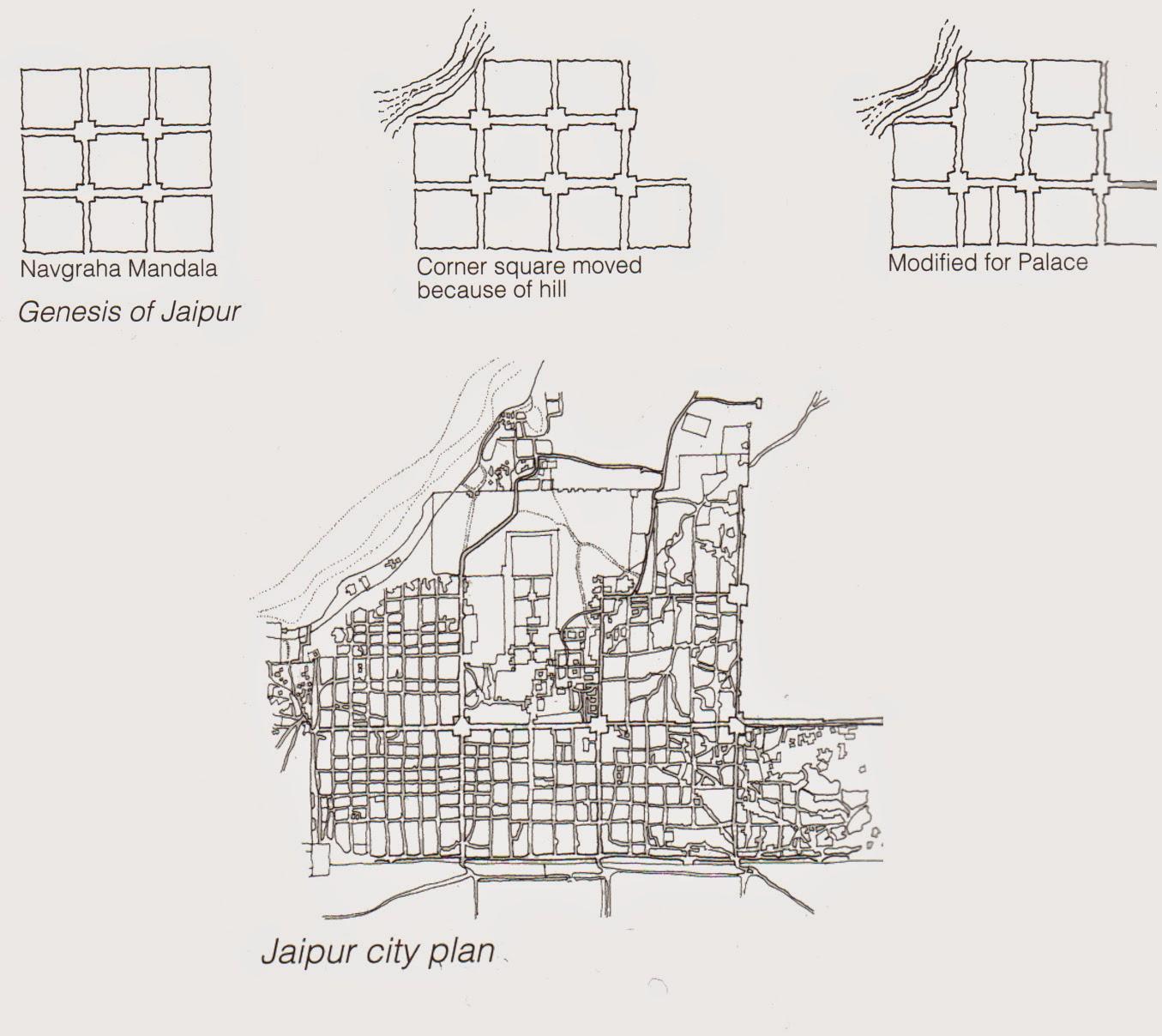
But it’s its imperfection that motivated my design of Zhongdu this time. I picked up on Jaipur’s plan, and fused it with demands of Chinese rituals, that’s my Zhongdu.
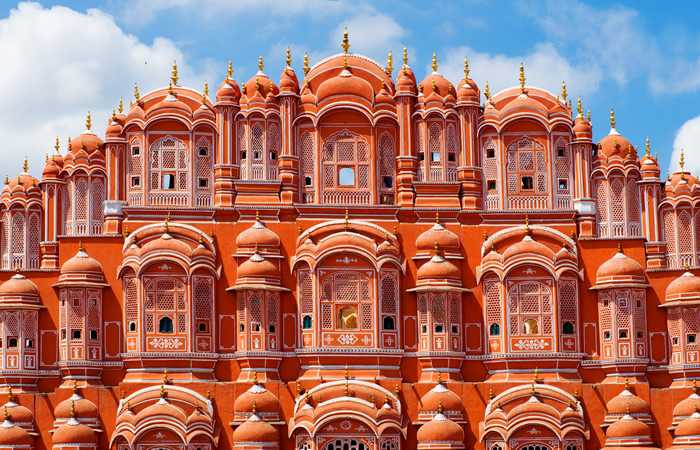
This city of pinks, well preserved after centuries, is quite worthy of your visit.
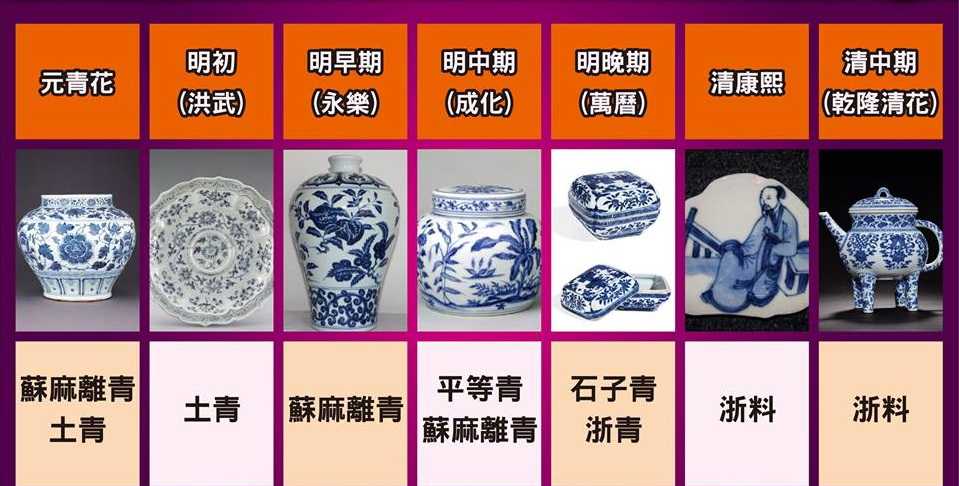
Smulten, or Sumali Qing is a cobalt-containing colour origins in Samarra, Iraq. Commonly used on Yuan and Ming blue and white porcelains.
=============================================================================================
The final:
Our great Zhongdu itself.
ITTL, the city of Zhongdu’s location is occupied by
Pakistan’s Taxila Heavy Mechanical Complex
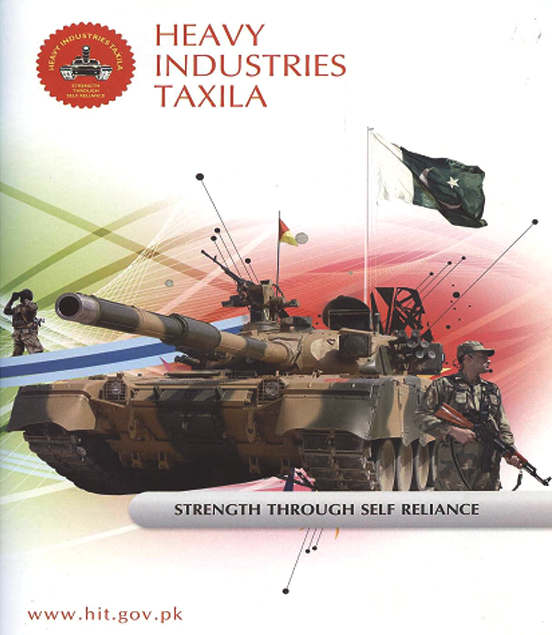
Does it sound familiar?
It’s where the Khaled Main Battle Tanks are produced, with tech aids from the PRC.
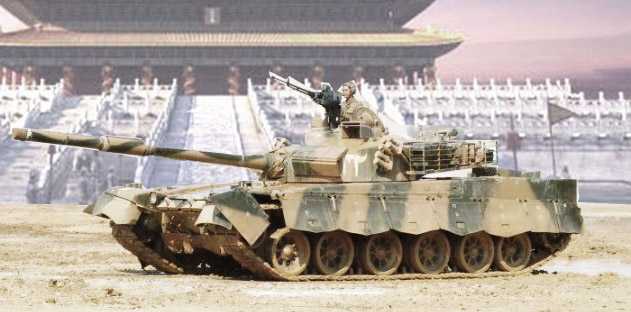
It’s about the Zhongdu’s Pushya and Ashlesha quarters.
And the west city’s Mula and Jyeshtha quarters, are ITTL Pakistan’s most important ammo factories.
All good, nothing out of the picture.
=========================================================================================
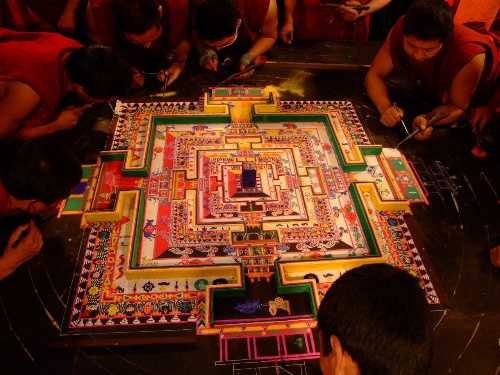
All done, I gonna sleep.
Wait for me to bring you on a tour of the Imperial palaces and the markets. See ya~
His headstone expressly wrote that he was a descendant of Yelu Abaoji--his ninth generation descendant through his eldest son to be precise.As I understand, both Yelu and Xiao are more like name of a tribe before they took over, they don't work like surnames. Having the same surname Yelu don't really hint about a bloodline relation.
The answer is yes.The reason why Constantinople is such a tough nut to crack is that you can only attack it from one side if you have no navy.In the west,cities were generally built along rivers in order to both take advantage of river trade and so that the city can only be attacked from three sides.Is there much a difference before the gun power age?
Been reading the names of places again.棠石府 and 珠川府 seemed like pretty dull names for the primary and secondary capitals of the empire.Chinese dynasties have a habit of giving really fancy and auspicious names to a place once it becomes their capital.
Did Yelu Dashi change his name to something else?If not,Tangshi will probably violate naming taboo.Tangshi came from Gantang, Shaonan, Classics of Poetry. (诗经•召南•甘棠), and was a metaphor for the good virtues of a monarch.
Quite auspicious isn’t it?
Khitans are nomads, they don’t need to adhere to naming taboo.Did Yelu Dashi change his name to something else?If not,Tangshi will probably violate naming taboo.
Neither did I, the game is just a tool.I've never played CK2 but I think it looks interesting!